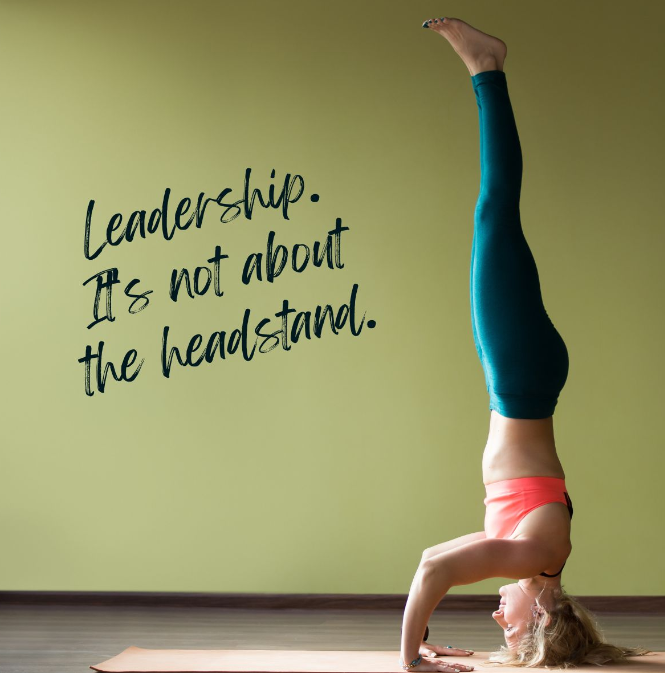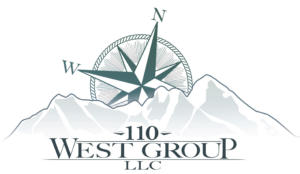Do you have to be good at all of the leadership things to be a great leader?
Well, do you have to be able to do a headstand to be a great yoga teacher?
The answer to both is “No.”
I’ve been practicing yoga since 2009, teaching since 2018, and currently teach once a week.
My students seem to enjoy my style–I have repeat attendees who give me positive feedback.
But there are postures I don’t teach. Come to my class and you might get some arm balances, but you won’t get headstands or handstands.

Why? Because I don’t teach what I don’t practice.
Handstand has never been in my practice thanks to my innate fear of falling.
As for headstand, I used to have a strong practice, but over the past few years my own practice isn’t as frequent. I’ve lost the core strength required to invert safely.
So I don’t teach headstand right now. Instead, I’m committing to rebuilding the strength–the skill–needed to do a headstand safely.
But I DO teach a lighthearted, fast-paced, challenging class that gets students focused on their alignment and out of their heads.
If students want classes with advanced inversions, I can point them to other teachers and resources.
I’m still a great teacher, even if I don’t have the skill for a headstand.
Just like teaching yoga, leadership isn’t about being great at everything.
In my work with leaders and leadership teams, I use tools like the Leadership Circle Profile to identify individual and collective strengths and weaknesses.
NEWS FLASH: No leader or team has every competency as a strength.
That doesn’t make them ineffective, as long as they identify and then close the gaps.
For an individual, that means identifying one or two skills where there are opportunities and then doing the work to build those skills, while simultaneously leaning into their strengths.
For a team, it means getting clear on each others’ strengths and gaps and collectively aligning on how to both leverage each other and support others’ areas of development.
So how do you do this? Simple 4-step process.
- Leverage a resource like the LCP to build clarity.
- Work with a certified practitioner to make meaning of the results.
- With the help of that practitioner, identify where to focus and make an action plan.
- Get to work.
It’s about knowing your strengths and strategically developing your gaps.
𝗜𝘁’𝘀 𝗻𝗼𝘁 𝗮𝗯𝗼𝘂𝘁 𝘁𝗵𝗲 𝗵𝗲𝗮𝗱𝘀𝘁𝗮𝗻𝗱.
What’s the “headstand” or leadership skill you’re working on? Let me know!
Hey there, I’m Cynthia. I’m a leadership team whisperer, executive coach, and speaker. I guide leadership teams in high-growth companies to achieve rapid growth in a healthy, sustainable way. I coach senior leaders to discover the path to lead with ease. Learn more.









Recent Comments